Having spent about two months with it and countless hours of acid and noise techno jamming, this synth is an absolute blast for live performances, including some live patching, transitioning from one soundscape to another and altering the sequence on the fly, for long uninterrupted jams.
The build quality is really well for the price (I expected it to be lower tbh), very nice knobs with enough resistance to not bump some of the very sensitive controls by accident.
There's a few things that are missing imo (they are missing on the original as well) like a reset signal input for the sequencer (and MIDI reset), an LFO (for using a square wave to ratchet the envelopes for example) and maybe a CV mixer/attenuator like the Crave has one but one may say it's those limitations that make it what it is.
Combined with a delay and chorus effect and some live EQ tweaking, one can create truely massive bass lines and hard crunchy noise techno beats and the VCOs go deep enough really get into the meat. Using a 2nd Sequencer to control VCO1 independently from the internal sequencer let's you layer some melodic modulation on top of a punchy percussion sequence, making this even more interesting.



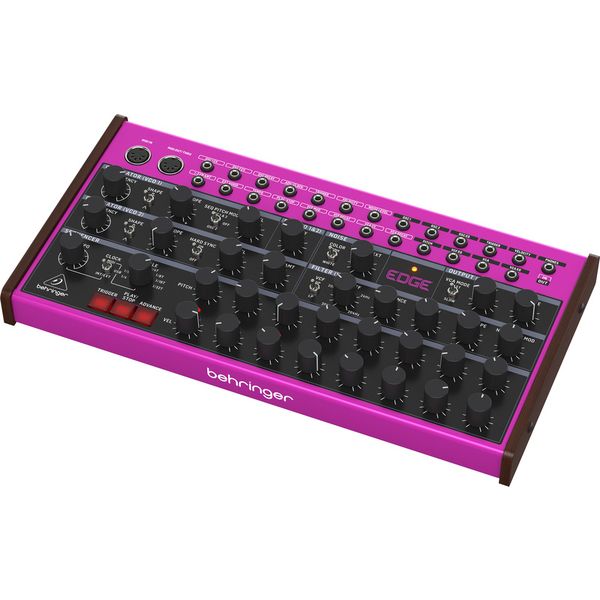
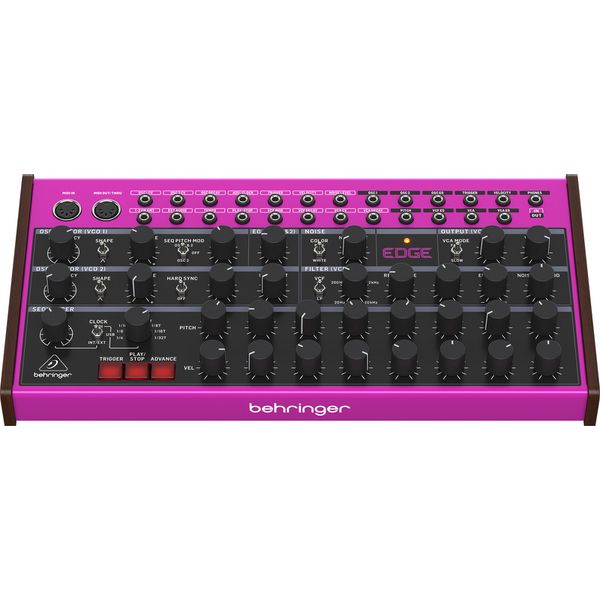
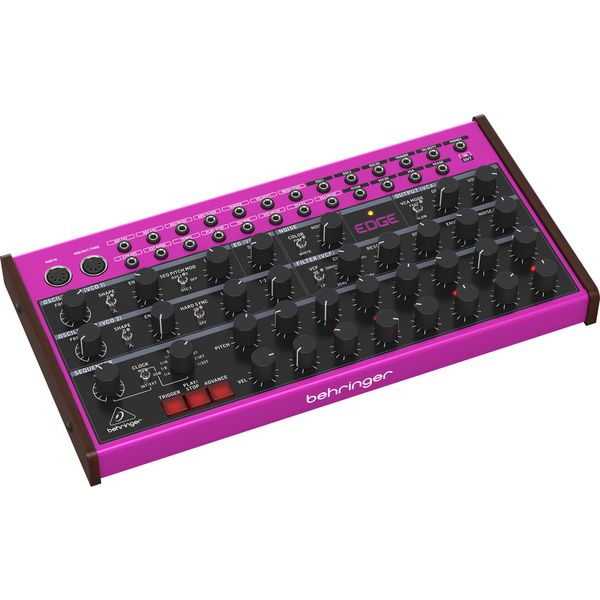
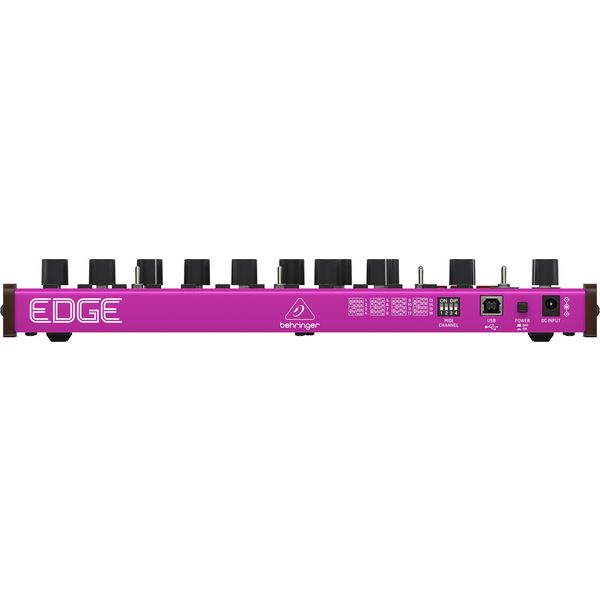
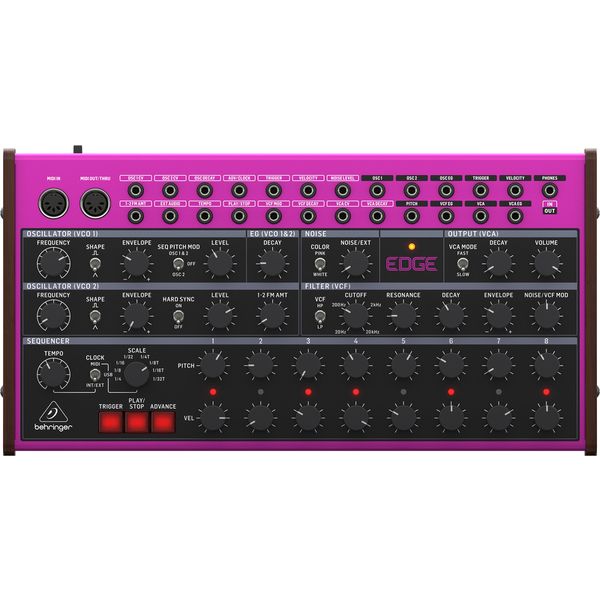






)
)
)
